Zahra Newman is describing the nightmare she had last night. For someone who is in the middle of rehearsing Dracula, it is not the blood-soaked nightmare one would expect. Nor do her teeth (or should that be fangs?) fall out in an anxiety-riddled fever dream.
“I thought I’d learnt the whole play,” she says. “But then, actually, I realised that I only learnt Harker. That was my nightmare last night, that actually we were getting to tech and it was like, ‘No, Zahra, there’s a whole extra bit. There’s three quarters of a play to go.’”
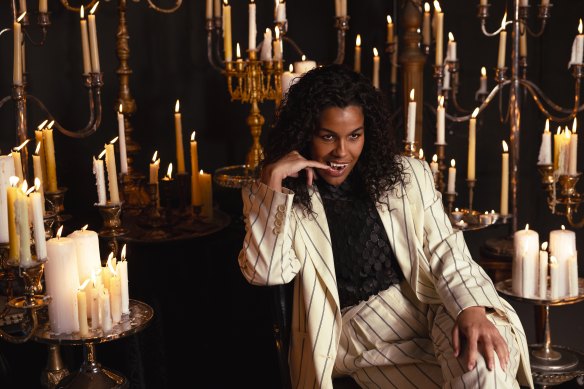
Zahra Newman (with prosthetic dentistry) is starring in Sydney Theatre Company’s Dracula.Credit: Dominic Lorrimer
As Newman recounts her dream, director Kip Williams chuckles away. Dracula is the final piece in his Sydney Theatre Company Gothic trilogy, which started with The Picture of Dorian Gray in 2020, and continued with 2022’s Strange Case of Dr Jekyll and Mr Hyde. Like those two productions, Dracula is also adapted from a Victorian classic – Bram Stoker’s 1897 novel – and it deals with the monster that lurks within us all.
“Dorian is very much about the relationship that an individual has with themselves and how they navigate that interior dialogue and express it in the public sphere,” says Williams. “Jekyll is very much about the compartmentalisation of self and those rare friendships that you find where you can express yourself authentically.
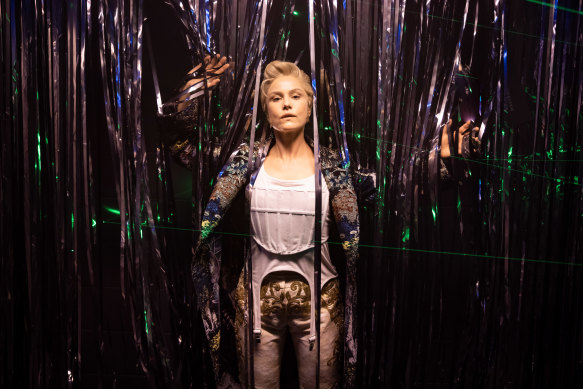
Eryn Jean Norvill in The Picture of Dorian Gray.Credit: Daniel Boud
“And Dracula is much more about the element of yourself that you wish to deny, that you’re afraid of existing within you. And that human phenomenon where we take that fear and project it into a monster, and seek to defeat the monster. And in doing so, say, ‘Therefore, that thing is not within me.’”
The pair are sitting in the sun during their lunch break from rehearsals – there’s no method acting here, unlike Dracula, Newman’s powers do not diminish in daylight. It’s two weeks until opening night in what will be a bittersweet moment for Williams: Dracula is not only the conclusion of his trilogy, it is also the final show he will write and direct as artistic director of the STC.
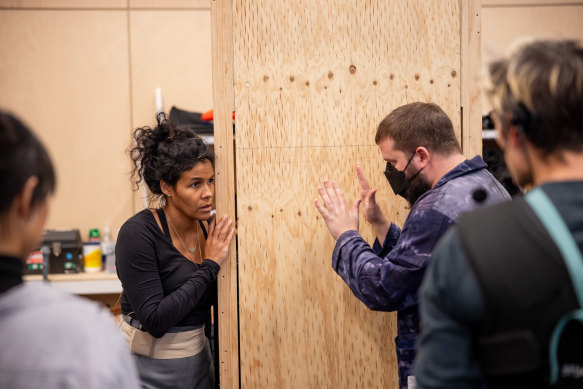
Zahra Newman and Kip Williams in rehearsals for Dracula for the Sydney Theatre Company.Credit: Daniel Boud
“I’m in denial about leaving, but very excited to see who the next person is going to be,” says Williams, who was appointed as artistic director in 2016. “And to see what amazing things they do. And hopefully, they’ll have me back, from time to time.”
As a farewell piece, Dracula slots perfectly into Williams’ body of work: a knotty piece of Victorian literature that still has plenty to say to a modern audience.
“It’s quite interesting that the figure that has been taken to heart over decades and the century-plus since is the monster,” says Williams. “That the monster’s sort of become culturally the antihero. That’s the figure that people on some level – that Stoker posited as a monster and something to be feared – but actually something that people have been drawn to. And that’s probably the portal through which we enter into a particular exploration of the story … [Dracula] he’s an antihero, of sorts.”
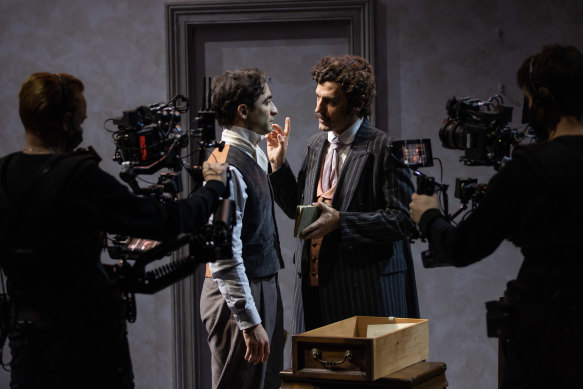
Matthew Backer (left) and Ewen Leslie in Strange Case of Dr Jekyll and Mr Hyde.Credit: Daniel Boud
For a quick recap, Stoker’s story begins with young British solicitor Jonathan Harker travelling to Transylvania to meet with a client, Count Dracula. But what starts as a simple property transaction (“there was business to be done, and I could allow nothing to interfere with it”), ends with Harker being seduced by three vampire brides and trapped in the castle. Count Dracula, meanwhile, departs for England.
The story is told through a series of letters, diary entries and telegrams and is the starting point for a whole genre of literature and film, from Nosferatu through to the sexy vampires of True Blood, the twinkly emo bloodsuckers of Twilight and Sesame Street’s numbers-obsessed Count Dracula.
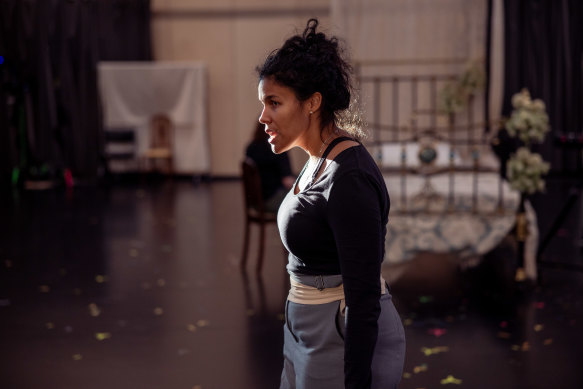
Zahra Newman will play more than 10 roles in Dracula, which is adapted from Bram Stoker’s 1897 classic.Credit: Daniel Boud
But where many critics have interpreted Stoker’s work as either fear over Eastern Europeans invading the West or an exploration of suppressed sexual desire, Williams has taken a slightly different view.
“One of the ideas that interests us, and has certainly governed the adaptation of the work, is the idea that monsters and vampires, being a kind of iconic, mythological monster, are often projections of things that we fear within ourselves,” says Williams. “And particularly in Stoker’s novel, that thing often is about desire. And, in terms of where Stoker arrives at the end of the novel, he wants to vanquish the monster … [but for us] there is a real sense of a different perspective on who Dracula is.”
For Newman, she considers her Dracula as a man of “permission”.
“My Dracula is someone who is perceived as being something and that is not necessarily the whole truth of who that person is,” she says. But also like a person of permission, more than just a fixed idea, like fear.”
Newman plays, she thinks, about 10 characters – she’s lost track – from Dracula, to Harker, the vampire brides, as well as Harker’s fiancee Mina and the legendary vampire hunter Van Helsing to name a few. And, like Dorian and Jekyll, it will be presented as cine-theatre, with Newman interacting with live cameras on stage and pre-recorded video pieces.
“The relationship to the screen is very different in this piece, quite radically different from the other two,” says Williams. “And the screen operates much more as a place of memory and much more as a sort of psychological landscape that sits in opposition to the character and to the performer.
“And that really feels like the battle of the piece between these characters and their minds. Because Dracula, in some ways, is a real figure in the story, but the vampire is a creation of our minds.”
And while Williams and Newman are loath to give too much away – they keep asking each other “can we say that” – I get a nod when I ask about coffins and, maybe, a bloody, gory end.
As he prepares to wrap up his trilogy, what does Williams think the three productions say about him?
“Lay down on the couch, lay it all out,” Newman, says laughing, just as Williams lowers his head and whispers, “I don’t know.”
“I really want an audience to find their own sense of the meaning of it,” says Williams “I was in a bit of an arm wrestle earlier this week with our brilliant team members in the marketing team, about my director’s note. I said, ‘Do I have to write one?’ Because I really do want an audience to find their own personal interpretation of it.”
Does he want the audience to find and accept their own monster within?
“Maybe to have embraced it,” he decides. “And to maybe not see it as a monster.”
Dracula is at Roslyn Packer Theatre from July 2 until August 4.
Find out the next TV, streaming series and movies to add to your must-sees. Get The Watchlist delivered every Thursday.